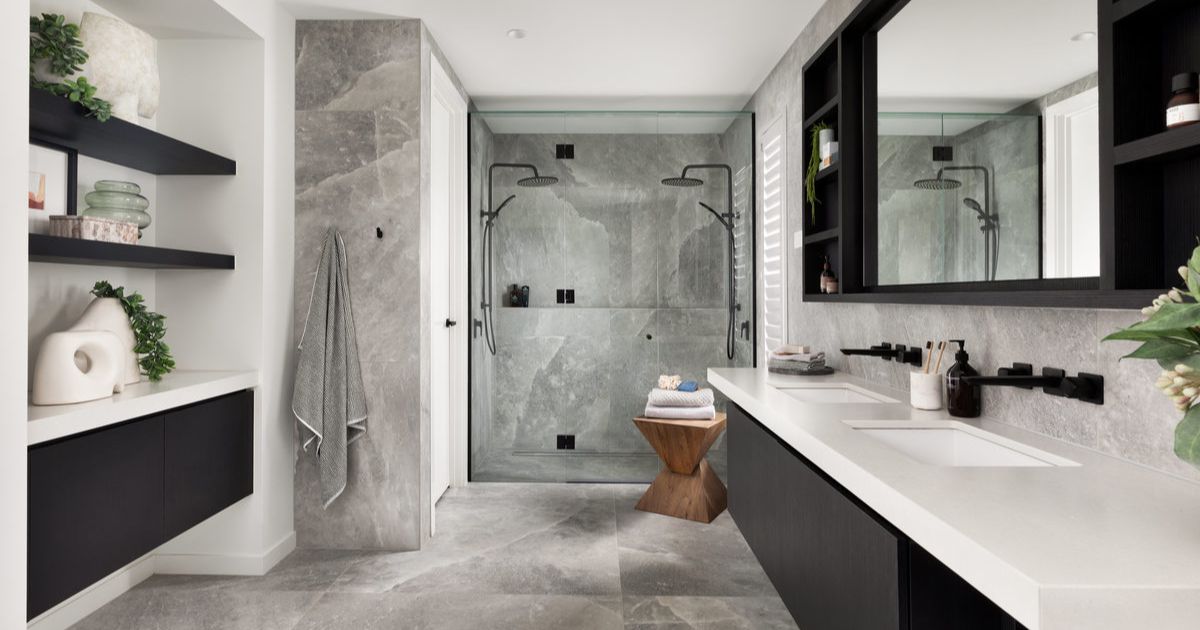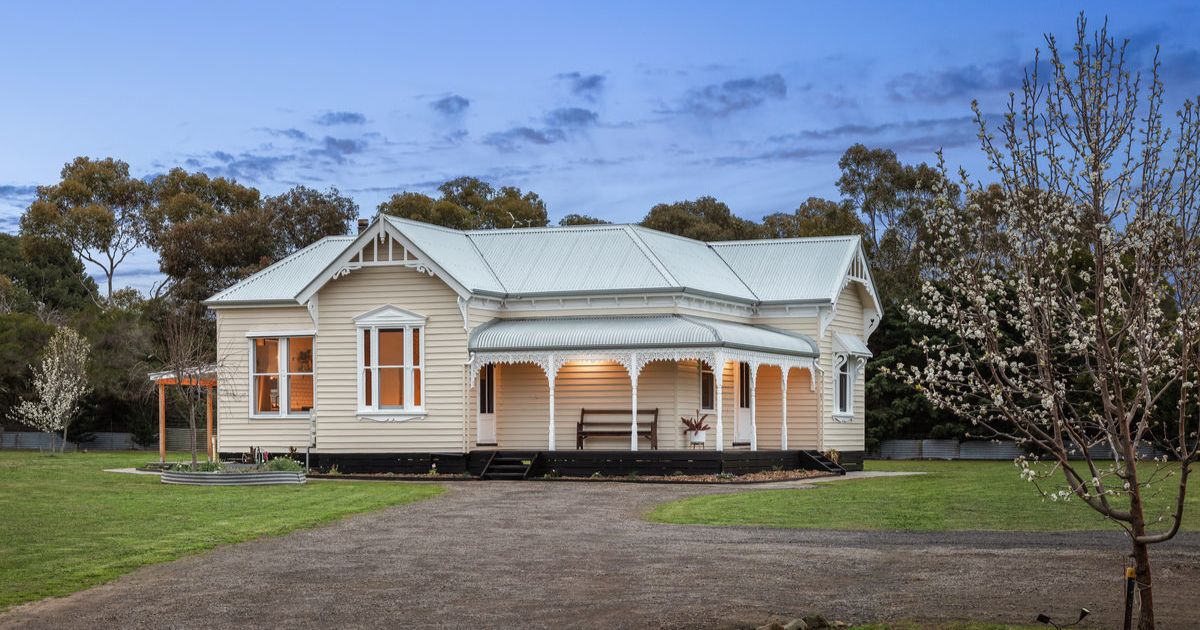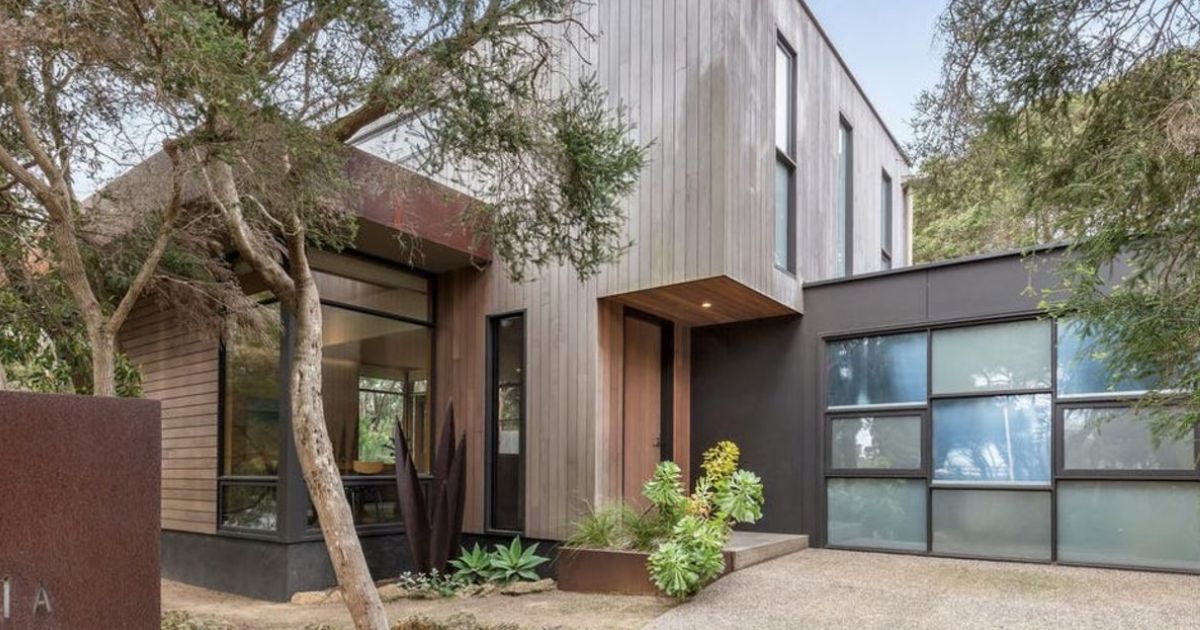Barwon River – the next evolution
MY own early experiences of the Barwon River are tied to my late school years as a Geelong College rower.
The early morning mist, cold air, boys’ sweat, and the strange smell of cooking wheat? On those early mornings, the water would be flat and peaceful – time for a young schoolboy to think while he pulled an oar. At the time, I wondered about all those old buildings along the banks.
Geelong’s entire history can be traced back to this river; indigenous traditions and European settlement have marked it. The Wathawurrung people viewed the river as a ‘virtual supermarket’ providing food, water, and materials. They also used it as a network of highways for travel. European settlement began in the 1830s, and the river was the location of most of our early industry and early settlements. The first houses were built along its banks, and the first industries, mostly tied to agriculture, sprang up here: hundreds of people were employed in tanneries, wool mills, wool scours, papermills, and even vineyards. And did you know the freezer was also invented in a cave along these riverbanks.
The Barwon River has always evolved with new eras of industry and commerce. As time passed, the precinct transitioned from an industrial to a manufacturing focus to include allied motor industries, mechanics, and later car yards. We then saw many of these buildings being re-purposed for small businesses, mostly small trades, plumbers, designers, and other small service businesses.
And what next? Let’s start from Latrobe Terrace and work west. The previous Pegasus Antiques building has been purchased for $8 million by the Hamilton Group. It will soon be transformed into modern offices, restaurants, and a café with views over the river. The vacant land next to Pegasus, owned by Glengarry Developments, is just about to get going on a $90 million development with a permit granted at VCAT in March, for 57 apartments and 17 townhouses, cafés, gyms, with internal roadways and gardens, connecting to the walkways along the river edge. The Woolstore, located at the end of Pakington Steet has already been transformed into immaculate modern office spaces with internal gardens and a restaurant.
Also at the Pakington river end, the former Returned Sailors’ Wool Mills, has just been purchased for a whopping $32.5 million. Will it be the Federal Mills mark two? It has permits for 343 apartments and townhouses. The former Newtown dairy works which backs onto the river, has also hit the market with an asking price of circa $15 million. Barwon Park, located on the cliff top overlooking and abutting the river, has construction underway for 23 three-story mixed-use strata offices.
Last but not least, all the way along the river to Fyansford, the vast Papermills precinct has also transacted in the previous 12 months. The new developer has intentions of expanding its uses and creating a whole new lifestyle precinct complete with childcare, restaurants, offices and accommodation, whilst maintaining the heritage buildings.
All this activity has not gone on without planning. The City of Greater Geelong released the first draft of the West Fyans Precinct Structure Plan in 2007, and it has undergone several updates and revisions since then. We understand that the Council is once again reviewing the plan, with an emphasis on rezoning much of the precinct to mixed-use.
Perhaps once again the Barwon River will lead the change Geelong needs? Will it soon resemble Abbotsford, a mixture of high-density residential and commercial, and of course recreation? Picture more bars and restaurants, the population living, working and playing in much the same way they did way back in 1850.
//SPONSORED CONTENT


















